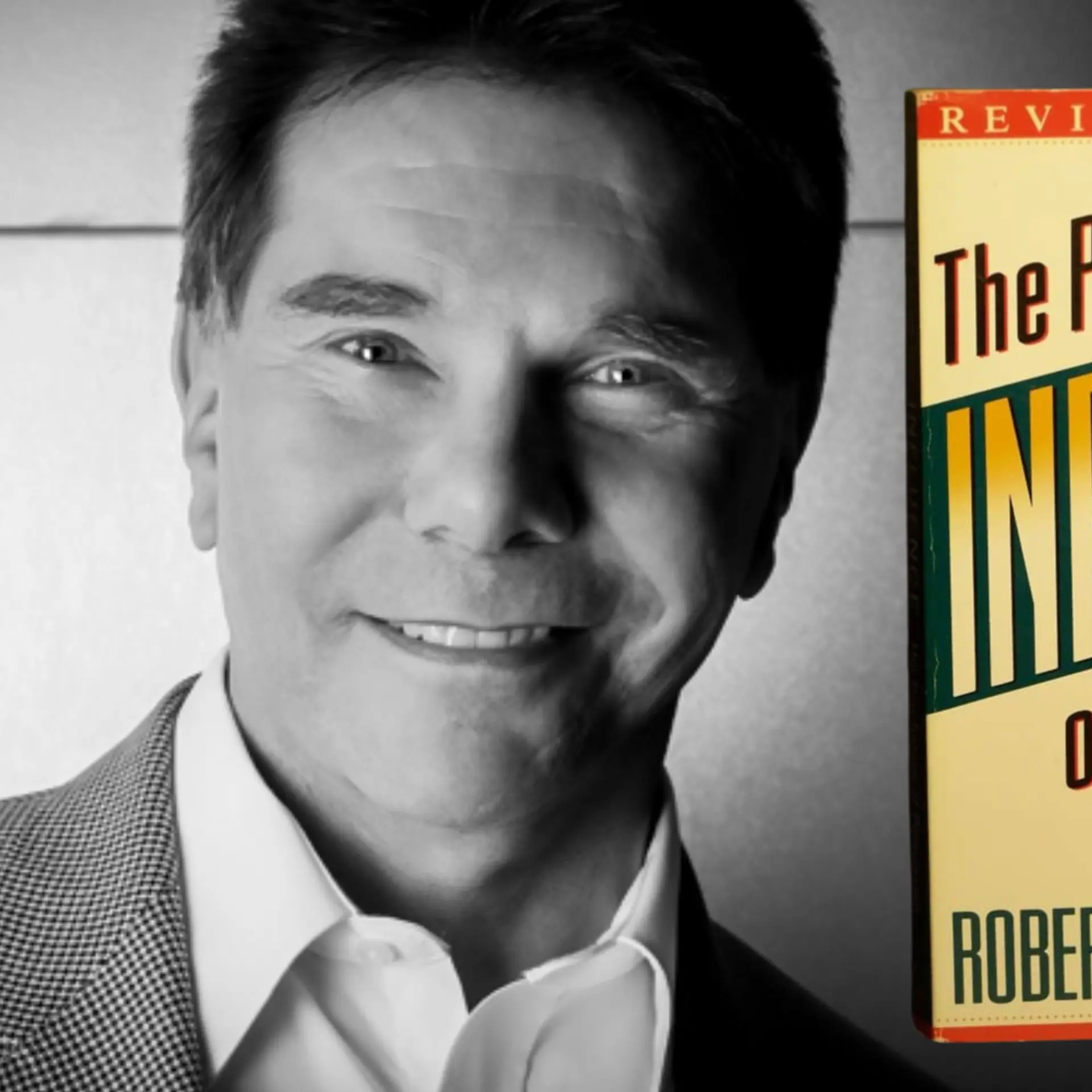Women had to work harder, longer during the pandemic, says Women@Work report
Aspire For Her, with Sustainable Advancements, launched the Women@Work report, which dived into the impact of COVID-19 on working women. Founder Madhura DasGupta Sinha reveals the key findings and how she aims to bring 1 million additional women to the workforce by 2025.
India’s economic participation and empowerment in the Global Gender Gap Index had always bothered Madhura DasGupta Sinha. It was 2019 and the country was still lagging behind. This led her to launch Aspire For Her in March 2020.

The platform aims to create a generation of financially independent women by motivating them to turn their career aspiration into action.
Having worked in banking for over 25 years, Madhura has held leadership positions in Standard Chartered Bank, IDFC, and ANZ Grindlays Bank. She also was one of the 12 women across India who was awarded the British Chevening Scholarship in 2003.
Madhura’s views on the economic empowerment of women have been shaped early in her life by her mother, a former IAS officer and her father.
In a report Women@Work, Aspire For Her, along with Sustainable Advancements, dived into the impact of COVID-19 on working women. The team conducted intensive research with a sample size of 800 women across various industry sectors, occupational status, work experience, and hierarchical positions.
While there was both positive and negative impact, the report said, “In fact, the negative impact on the Self Employed (41.6 percent), Civil Society (33.3 percent), and Healthcare/Essential Services (31.9 percent) far outstripped the positive impact.”
It found that women in the Self-Employed segment had to work harder/longer during this pandemic and were besieged with financial worries, while women in civil societies faced funding issues as the money they were diverted to healthcare.
Moreover, the lockdown and subsequent social distancing greatly jeopardised the dynamics of civil society organisations that strived on physical connect. Close to 50.6 percent of women working in the academic and government sectors felt worse off as compared with men.
The report revealed 48.8 percent of women saw their work-life balance become worse, while 36.4 percent stated they had to deal with the added burden of housework/childcare/eldercare.
In a conversation with , Madhura spoke about the report and its key findings and what it means for the workforce.

Edited excerpts of the conversation:
HerStory (HS): What were the key findings of the Women@Work report?
Madhura DasGupta Sinha (MDGS): We worked on the Women@Work research for six months. This report contains real voices and real people across a cross-section of working women in India.
The report reveals some interesting insights.
- Entrepreneurs (mainly nano and solopreneurs) have been the worst-hit among all professionals, with scarce resources and time.
- Young entrants into the job market found it difficult to find roles and also integrate into the new organisation when they did manage to find roles.
- The overnight transformation of online classes and schools left teachers grappling for training and solutions.
- Women in the social sector struggled to fight the pandemic on one hand, and also had to deal with the drying up of funding.
Having said that, not everything about COVID-19 was negative. Women professionals also found positivity and solace in strange ways, with reduced travel times and higher family bonding.
HS: What are the next steps from these findings?
MDGS: The Women@Work research is more than just a report for us; it has been a cornerstone to our strategy to build a winning mindset in aspiring women. The in-depth research across various segments and sub-segments identified the need to have a community-based approach to build aspiration and ambition in women. Behind the facts and numbers, there are voices and interviews of real people.
We are launching the Return to Work Network later this month to address women who lost their jobs or put their career aspirations on hold during the pandemic.
There is an acute need to get them connected to the many forward-looking organisations that are looking for diverse talent pools.
The other stark insight was the dire need to build a community of Women in Entrepreneurship or aspiring to get into it.
Only three percent of our country’s GDP are accounted for by women entrepreneurs but there is a mindset challenge, that needs fresh thinking to transform the lonely journey into a fulfilling one. Watch this space for more.

HS: What gave you the idea for AspireForHer? What problem does it aim to solve?
MDGS: The state of women in the workforce in India has always been a cause of concern. India is ranked 149th out of 153 countries in Economic Participation in the Global Gender Gap Index.
The steady declining percentage of women in the workforce over the last 15 years has been exacerbated by the pandemic and has dipped below 20 percent. Ironically, this is coupled with great progress in terms of women’s education.
Women in our country need a change in mindset, more than anything else, to prepare themselves for economic agency. And financial independence is key to all other forms of independence. This is a trillion-dollar opportunity for India.
Corporate India is waking up to the power of a diverse workforce and government policies and initiatives are now supporting more women in entrepreneurship and employment.
Aspire For Her aims to solve the problem of building the right mindset in women and connecting them to career resources and opportunities.
HS: How does the platform work and how does it aim to help women?
MDGS: Our mission is to create a generation of financially independent women by motivating every woman to turn their career aspirations into action. We strongly believe in the power of continuous and consistent nudges and triggers to drive change.
The platform offers free career resources to members of the community through its unique five-point mindset-change model — mentors and role models, learning and re-skilling opportunities, career previews and opportunities, and a strong and supportive peer community.
More than 100 women leaders (CEOs, CXOs, entrepreneurs, and professionals) have come on board as mentors and role models united in their strong conviction that India needs more women in the formal workforce. The platform organises one-on-one mentorship sessions with members.
Aspire For Her has learning partnerships with , VMWARE, edX, , and , who bring career-focused learning opportunities with validated certifications to members who wish to stand out in a sea of applicants. Our career previews open the doors and windows of their minds to existing career tracks and paths less trodden.
We have had 100+ blogs, webinars, and live sessions with leading professionals (including CEOs like Zarin Daruwala, Radhika Gupta, Manisha Girotra, Apurva Purohit, Sharda Agarwal, icons like Sudha Murthy, Neeta Lulla, Rashmi Bansal, Praveena Rai, Latha Ayyar, etc.)
The ambassador programme helps build a vibrant online peer community, which connects and motivates each other to ‘never ever give up’ despite challenges on the path. The fifth and most important pillar of our model is the connect with 3E – Employment, Entrepreneurship, and Education.
Our vision is to add one million additional women to the workforce by 2025. As per our estimates, that adds $5 billion to our GDP. It also means that other metrics around health, education, security will also improve dramatically.

HS: What are the challenges you've faced and how did you overcome them?
MDGS: We grew in spite of the pandemic hitting us right after the launch. We converted the challenge into an opportunity by reaching out to young students (18-25).
Faced with uncertainties and confusion on the academics, they converted their pain to purpose by helping craft the proposition for the community.
We used social media channels to attract and engage the members, and today, we are proud to have built a community of 30,000 in less than one year. This also includes 100+ incredibly talented women leaders, who are keen to give back as mentors and role models.
Due to the pandemic, we had limited in-person connect with our community and to beat the challenge, we decided to launch the Women@Work research to understand working women in different spaces and stages in their career.
Our insights from the research led us to redefine our community strategy.
HS: What are your future plans?
MDGS: To reach our vision of adding one million women to the workforce by 2025, we will continue to build on our strategic partnerships.
We are building many more niche networks with a clear strategy of creating employment and employability. We are actively looking at raising funds for growth.
With a brilliant response from all stakeholders, the need of the hour is for us to scale up.
Edited by Saheli Sen Gupta



![[YS Learn] How workforce diversity impacts productivity](https://images.yourstory.com/cs/1/f1a26700c18a11e8af1c974e95f3b2db/diversityinclusion-1602842897920.jpg?fm=png&auto=format&h=100&w=100&crop=entropy&fit=crop)
![[Women in Tech] Women on boards lead a broader view in key decisions: Padmaja Kota, Salesforce](https://images.yourstory.com/cs/4/8e7cc4102d6c11e9aa979329348d4c3e/Women-in-Science-and-TechHerStory-1612073151993.png?fm=png&auto=format&h=100&w=100&crop=entropy&fit=crop)





